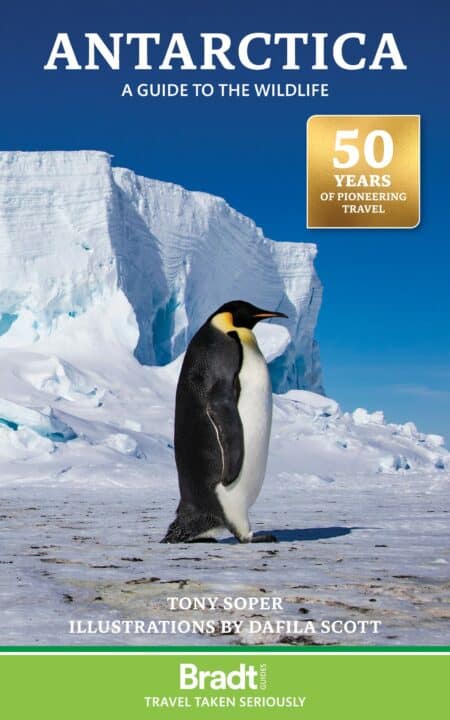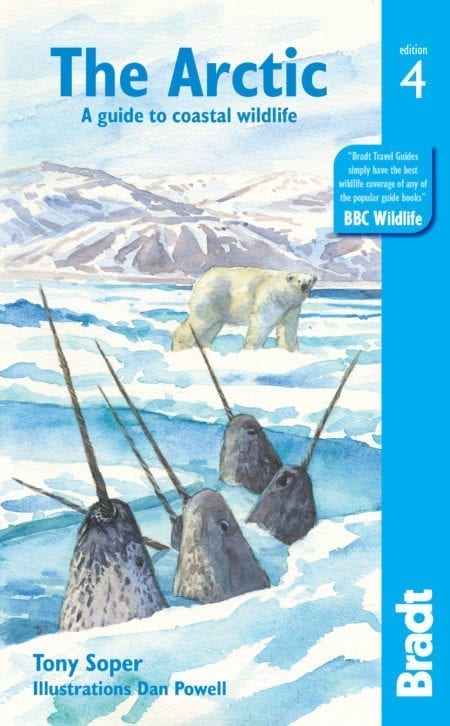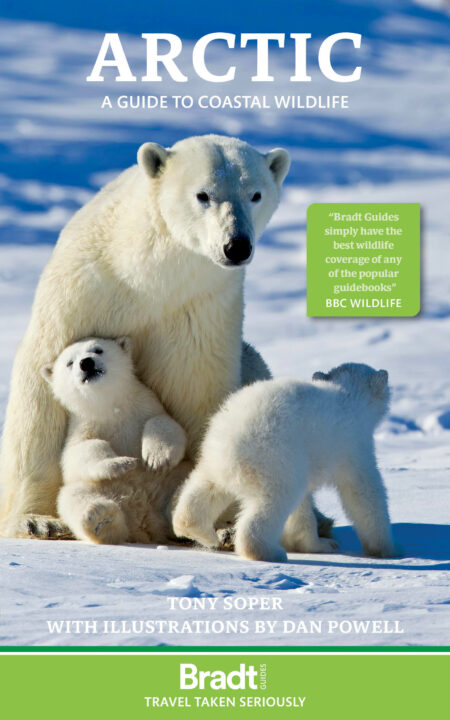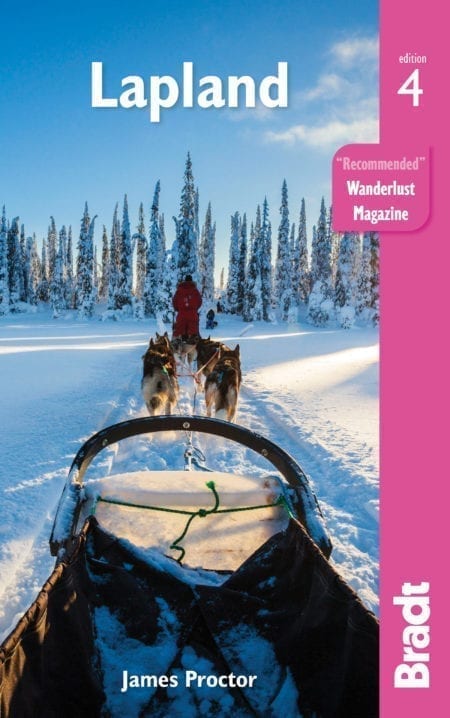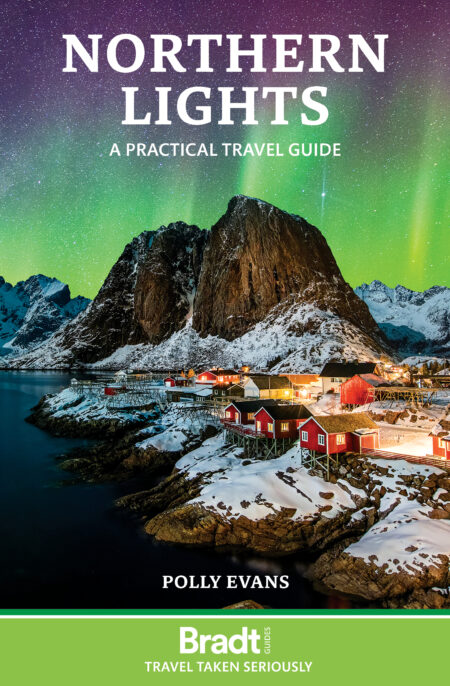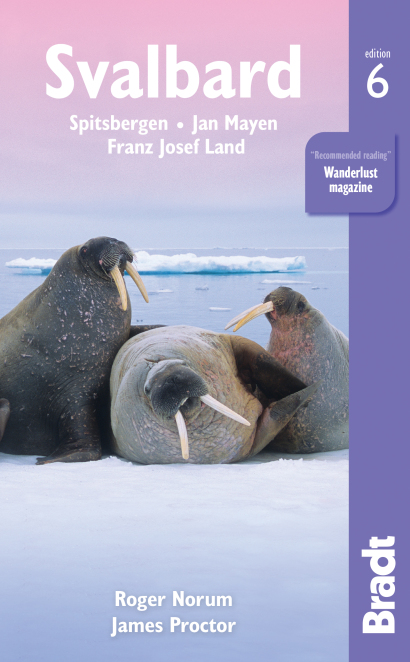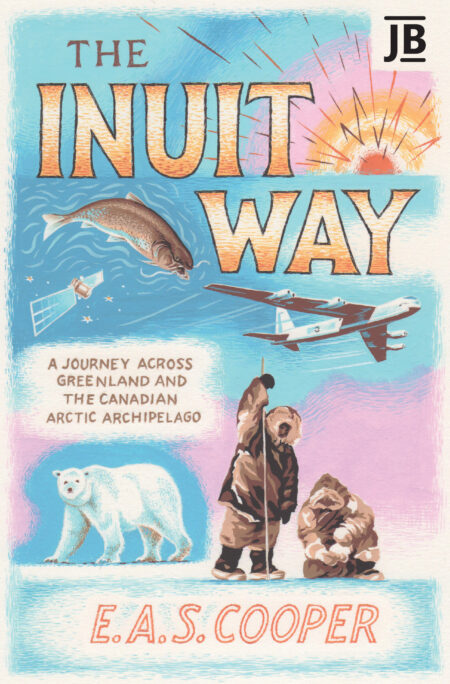At sea in the Southern Ocean or ashore on the islands and the coast of Antarctica there are birds and seals in glorious abundance. What’s more, they are unafraid of human visitors. It is a magical experience for anyone nurtured in regions where animals long ago learned to fear Man.
Tony Soper, author of Antarctica: A Guide to the Wildlife
Polar regions provide some of the last truly untamed wildernesses. These are barren and inhospitable spots, the coldest, windiest, driest places on earth. But they are also havens for wildlife.
The Arctic is a frozen ocean surrounded by continents, its permanent ice a sheet covering 8,000,000 square kilometres north of Svalbard; however, from May to July – when there is almost endless daylight – life flourishes as fish, waterfowl and whales feed on the abundant plankton. During this summer season, the Arctic is home to some of the largest seabird populations in the world. The region’s land mammals include brown bears, reindeer and Arctic foxes, while polar bears, walruses and narwhals are among the marine mammals living here all year round.
Antarctica is a continent surrounded by the Southern Ocean – a continent twice the size of Australia in which two-thirds of our planet’s fresh water is locked up in ice. Around 99% of the land is covered in an ice sheet, and most life clings to the snow-free edges – rocky cliffs and beaches where birds nest and seals pup. In the summer, sub-Antarctic islands and the Antarctic Peninsula are home to millions of penguins, petrels and seals. A trip comes with the promise of sightings of humpbacks, or even killer whales chasing seals off ice floes.
Few people can claim to be thoroughly familiar with Antarctic wildlife. Most of us visiting the deep south are doing so for the first time and thirst for some authoritative guidance. Here, at last, is the book we have been waiting for.
Sir David Attenborough, commenting on Bradt’s Antarctica
Bradt’s Svalbard (Spitsbergen) with Franz Josef Land and Jan Mayen was the first English-language guide; written by Svalbard resident Andreas Umbreit, it is still going strong as the only one of its kind. Tony Soper – a naturalist who co-founded the BBC’s famous Natural History Unit, and is well-known as former TV presenter of Animal Magic, Nature and Birdwatch – has written several guides to the polar regions for Bradt, including Antarctica: A Guide to the Wildlife (featuring sections on the Falkland Islands and South Georgia, and with illustrations by Dafila Scott who is granddaughter of Scott of the Antarctic), The Arctic: A Guide to Coastal Wildlife and even The Northwest Passage: Atlantic to Pacific, A Portrait and Guide.
For anyone Antarctica-bound, this is THE book. Tony Soper’s facts and Dafila Scott’s drawings cover the essentials of all the living things you will see and introduce the drama of the stage itself. Vital as longjohns.
Keith Shackleton
